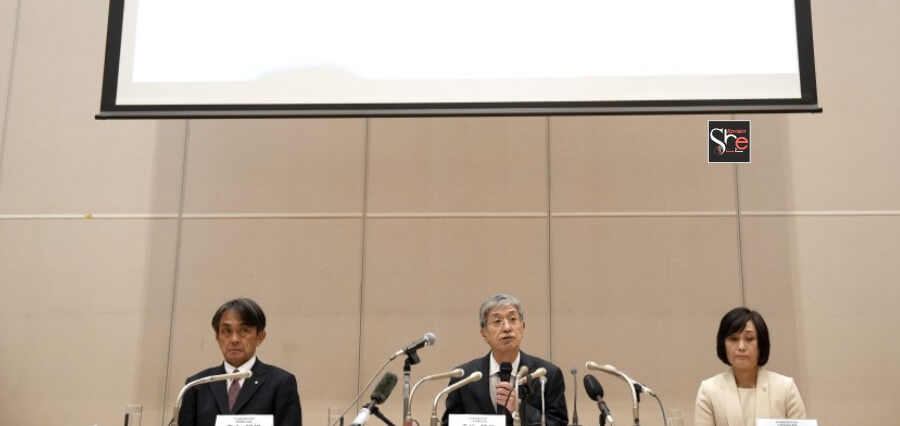Mitsuko Tottori has been appointed as the first female president of Japan Airlines, following the fatal accident on January 2 between one of its airplanes and a coast guard aircraft.
During a news conference on Wednesday, Tottori, who is the first female to rise from the position of cabin attendant to senior managing executive officer at JAL, pledged to uphold her commitment to aviation safety and make it a top priority.
She will succeed Yuji Akasaka, the CEO and president of JAL, who succeeds Yoshiharu Ueki as the airline’s chairman, when he takes office in April.
Two weeks after the deadly incident at Tokyo’s crowded Haneda airport, which was mostly thought to be the consequence of human error, Tottori was appointed.
On the same beachfront runway, just behind the Coast Guard’s much smaller Bombardier Dash-8 getting ready to take off, landed JAL’s Airbus A350-900 with 379 passengers and staff. Both airplanes caught fire as a result of the crash.
In under eighteen minutes, all of the JAL flight crew and five of the passengers were safely evacuated.
Tottori also thanked the passengers for their cooperation and commended the JAL Flight 516 cabin staff for their dedication to safety in evacuating every passenger. “But since there was an incident, we still need to make improvements in certain areas.”
The question of whether the Coast Guard aircraft was given the all-clear to take off has been the subject of an ongoing investigation into the crash. A partial transcript of air traffic control revealed that the Bombardier, which was in route to provide relief supplies to the people in Japan’s north-central region struck by a magnitude 7.6 earthquake on New Year’s Day and hundreds of aftershocks, did not receive unambiguous takeoff approval.
The current head of JAL, Akasaka, expressed his hope that the probe will yield “lessons to be learned.” Additionally, he brought up the analog aspect of voice communication being the only means of industry-wide safety risk between pilots and traffic control.
“I think one of the biggest risks is analog voice communication,” Akasaka stated during his first press appearance following the Jan. 2 incident.
Sitting close to Akasaka, Tottori described her dedication to safety as unwavering. In 1985, she began working as a flight attendant after JAL Flight 123 collided with a mountain to the north of Tokyo. With 520 fatalities, it was the deadliest single-aircraft accident in history. Only four made it out alive.
“The shock of it all still pierces my heart to this day. Furthermore, I have remained deeply conscious of my obligation to teach the next generation of pilots how important aviation safety is,” Tottori stated.
“An airline company’s foundation is safety, and I will work even more fervently to ensure safe operations.”
In his first public appearance since the incident on Wednesday, Coast Guard Commandant Shohei Ishii also apologized to the public, the JAL flight crew, and the passengers for causing worry and difficulties. He also conveyed his sympathies to the five fatalities of his organization.






